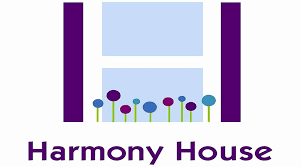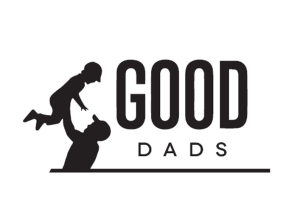Actinic keratosis (AK), also known as solar keratosis, is a precancerous lesion of the epidermis (outer layer of skin) that is caused by long-term sunlight exposure. Chronic exposure to ultraviolet (UV) radiation alters the keratinocytes and causes areas of the skin to become scaly, rough, discolored, and tender to the touch. AKs most commonly occur on sun-exposed areas, such as the face, lips, ears, neck, scalp, forearms, and hands. People who have fair skin and light-colored hair and eyes are at the greatest risk. Individuals who are immunosuppressed or have an immunodeficiency disorder are considered at high risk for developing AKs. AKs are not life-threatening as long as they are diagnosed and treated in the early stages. If left untreated, aggressive AKs have the potential to progress into squamous cell carcinoma, the second most common form of skin cancer.
Causes & Prevention
Chronic overexposure to UV radiation from sunlight or tanning beds is the leading cause of actinic keratosis, so sun avoidance, especially during peak sunlight hours, is an important preventive measure to help reduce the risk of developing this precancerous lesion. More than 419,000 cases of skin cancer in the U.S. are linked to indoor tanning each year. One in six people will develop an AK in their lifetime. Older individuals are more likely to develop AKs. The risk of progression to squamous cell carcinoma is minimal, but up to 60% of squamous cell carcinoma cases begin as actinic keratosis.
Actinic Keratosis Treatment
At DermaHealth, our Springfield Med Spa-trained professionals offer a variety of treatments that not only remove actinic keratosis but also help revitalize and renew the client’s skin.
Electrosurgery
Electrosurgery cauterizes the skin while removing the skin lesion. This process removes the AK on a deeper level of the skin’s surface and encourages new, healthier skin to form.
Photodynamic Therapy (PDT)
Levulan® Kerastick® and BLU-U PDT is a topical, two-part PDT treatment applied directly to AKs. The Levulan Kerastick solution is applied and absorbed into AK cells where it is converted to a chemical that makes AK cells extremely sensitive to light. After one to two hours of incubation, the treated skin is exposed to the BLU-U Blue Light Illuminator. This light activates the solution and destroys AKs. As the skin heals, new healthy skin appears.
Laser Resurfacing
A laser removes the surface layer of the skin, destroying AK cells. After treatment, the skin will be raw and sore. The skin heals within one to two weeks, revealing healthier new skin.
To find out if you are a candidate for one of our actinic keratosis treatment options, schedule a complimentary consultation with DermaHealth today.






